The Hudson River Diaries A Compendium of Poetry and Natural History Gleaned from observations in and around Sparkill, New York |
June 2011 |
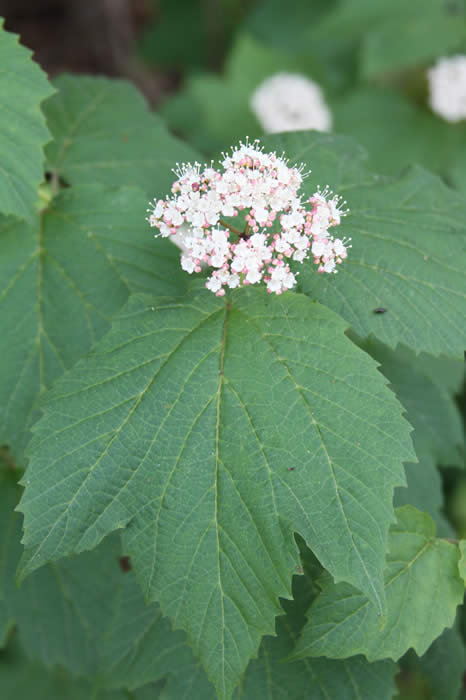 |
Viburnum acerfolium Maple-leaved viburnum is in the honeysuckle family. This specimen was in bloom along the river bank in the moist type of soil it favors. |
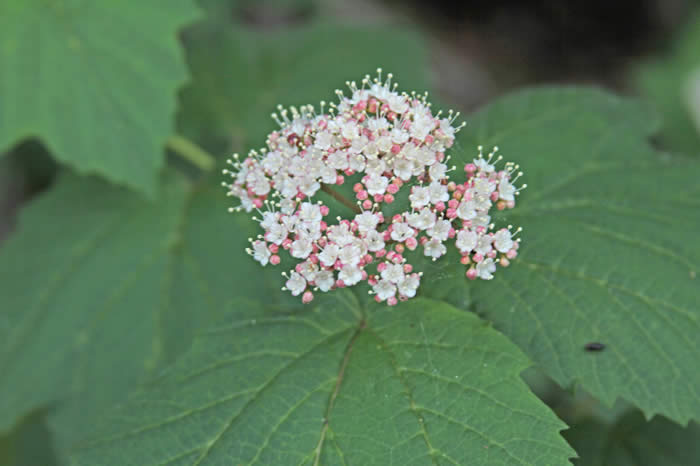 |
A close-up of the elegant flower cluster |
Not sure of what species this handsome mushroom is. |
 |
This butterfly is probably a fritillary of some kind. |
 |
This boat-tailed grackle on the floor of the salt marsh at low tide has a caterpillar in its beak. |
 |
Wild turkeys are found in abundance in our area. This female, along with a companion, is a regular visitor to our bird feeder. |
They have spectacular plumage. |
 |
Catnip in bloom in our garden. |
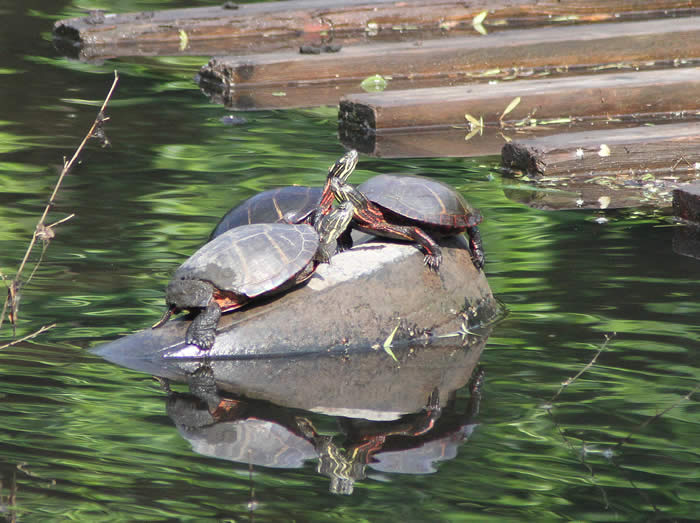 |
Three painted turtles hang out on an old tire in the Sparkill pond. One forgot to wipe his bottom.... |
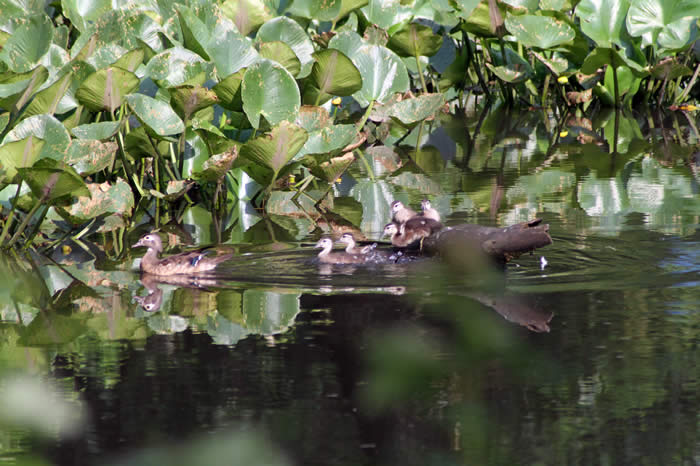 |
A female wood duck with five ducklings was also in the immediate vicinity. |
Rubus odoratus The purple-flowering raspberry is actually in the rose family. Bumblebees favor the flowers. |
A view from the end of the Piermont Pier, facing west towards the salt marsh at the base of the palisades. Remains of the older piers can be seen in the background. The folks posing here are Douglas Greenberger, Nick van Laer, and Rebecca van Laer. |
 |
The pier has its share of fishermen and crabbers. |
|
The Atlantic blue crab is not only beautiful, but eminently edible. The hudson is brackish here, so crabs have no problem establishing a foothold. |
Blue jays are common in the area. |
The elderberry likes to have its roots wet. This one is growing alongside Saprkill pond. It produces edible fruit in the fall. |
A close up of the beautiful elderberry flower cluster. |
An ant talking a walk on a variety of spotted knapweed. This introduced species is considered invasive, but like most introduced species it is here to stay now. |
a more flattering picture of the flower. |
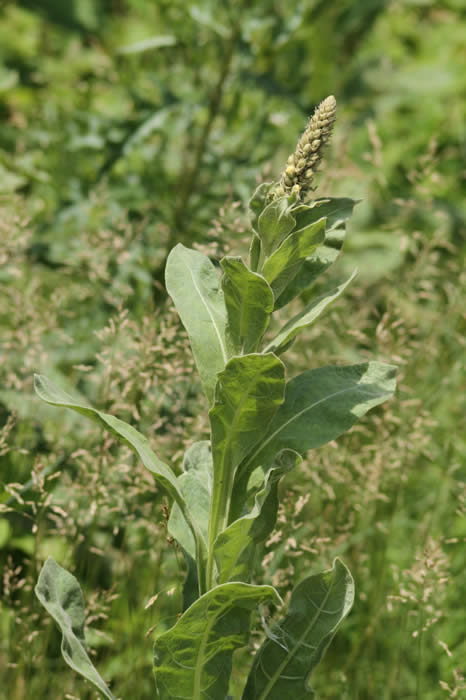 |
Another introduced species, mullein features tall, handsome spikes of yellow flowers. It has a wide variety of practical uses; leaves can serve as candle wicks, flowers and roots have been used to treat various aliments. They can soothe sunburn if pressed to the skin. |
 |
This specimen is just getting ready to bloom. |
This muskrat was browsing by the riverside, affording a chance for a few fleeting glimpses through dense brush. He ignored me for quite a while before deciding he had had enough. |
Shame on anyone who fails to appreciate the elegant splendor of the common mallard! |
 |
The clasping Venus's looking glass, so named because its leaves clasp its stem. This specimen was down by the river in Tallman state park, in the poor type of soil the species seems to prefer. |
The bladder campion. |
 |
Hop-clover, an introduced species in the pea family. |
The sweat bee you see on this daisy fleabane clearly prefers this flower a great deal, since I saw this bee species on nearly ever blossom I took pictures of. |
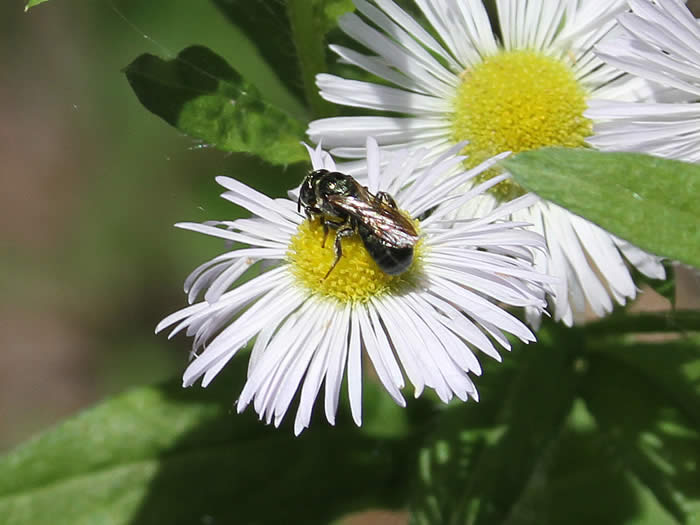 |
A closer view of the sweat bee |
June would not be complete without honeysuckle. Its sweet fragrance fills the air everywhere. |
Dianthus armeria The deptford Pink is a charming, if tiny, European introduction. It's named for a region of London in which it was once abundant. |
Sun low in the sky over the Hudson, June 20 a.m. The silvery light is typical of this area of the river in the morning. |
 |
The picnic area at Tallman state park is regularly trashed by weekend partiers who refuse to take responsibility for disposing of their garbage. |
Almost every picnic site has major amounts of trash left at it. |
|